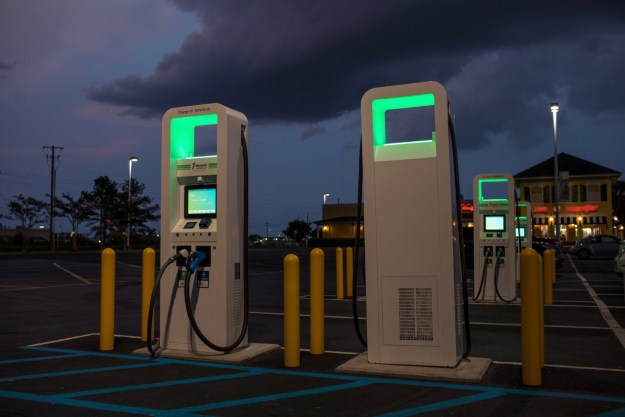Recalls happen, regardless of whether you drive a Toyota Corolla or a Bugatti Chiron. Automakers are normally forced to fix problems after the national government concludes an investigation, but they sometimes voluntarily choose to ask owners to bring their car in for repairs if they notice a defect through internal testing. Keep in mind a recall notice doesn’t automatically make your car a lemon, bad, or unreliable. There’s no such thing as a perfect car, even in 2020. While many issues aren’t life-threatening, it’s important to get them fixed sooner rather than later.
Owners of a car affected by a recall normally receive a notice in the mail. When in doubt, there are several free online resources available that will help you tell if your vehicle (or your future vehicle) needs something fixed.
The NHTSA website

The National Highway Traffic Safety Administration (NHTSA) is the agency responsible for issuing recalls, so it’s naturally the first place you should look. Its website has a tool that lets you search open and closed recalls that affect a specific vehicle. All you need to know is the make, the model, and the year it was manufactured in.
If you want to look up information about a specific car, you can search for recalls by typing in your vehicle identification number (VIN). This sequence of letters and numbers can generally be found on registration documents (like your title and your registration), on your insurance card, and on your car’s dashboard; it’s likely visible through the windshield. Typing your 17-character VIN into the website will return recall information, including whether the problem has been fixed or not. We recommend checking for open recalls when you’re looking at used cars.
Cars.com

If you don’t like the NHTSA’s website, Cars.com offers a similar tool you can use to look up recall information. You need to start by selecting your car’s make, model, and year, and you also need to enter your zip code. It’s not tracking you; some recalls apply only to cars registered in specific climates, like those where the roads are salted in the winter, or those where humidity is far above the national average. Extreme weather conditions can wreak havoc on cars.
Once it processes the information you entered, the tool notifies you of any and all recalls by consulting the NHTSA’s database. Both sites provide the same data, but the difference is in how it’s presented.
Check the manufacturer’s website
Finally, you can search for recall information on a manufacturer’s website. Every carmaker has this information available, and you usually only need to enter your vehicle’s VIN to access it.
Finding recall-related information is simple, and it could save your life.
Editors' Recommendations
- Your car insurance company knows more about you than you think
- How to add Bluetooth to an older car
- Why your EV’s voltage matters, and what it means for your car’s charging speed
- GM plans to phase out Apple CarPlay for EVs, go all-in on Android integration
- Tesla recalls 363,000 of its vehicles over safety issue



